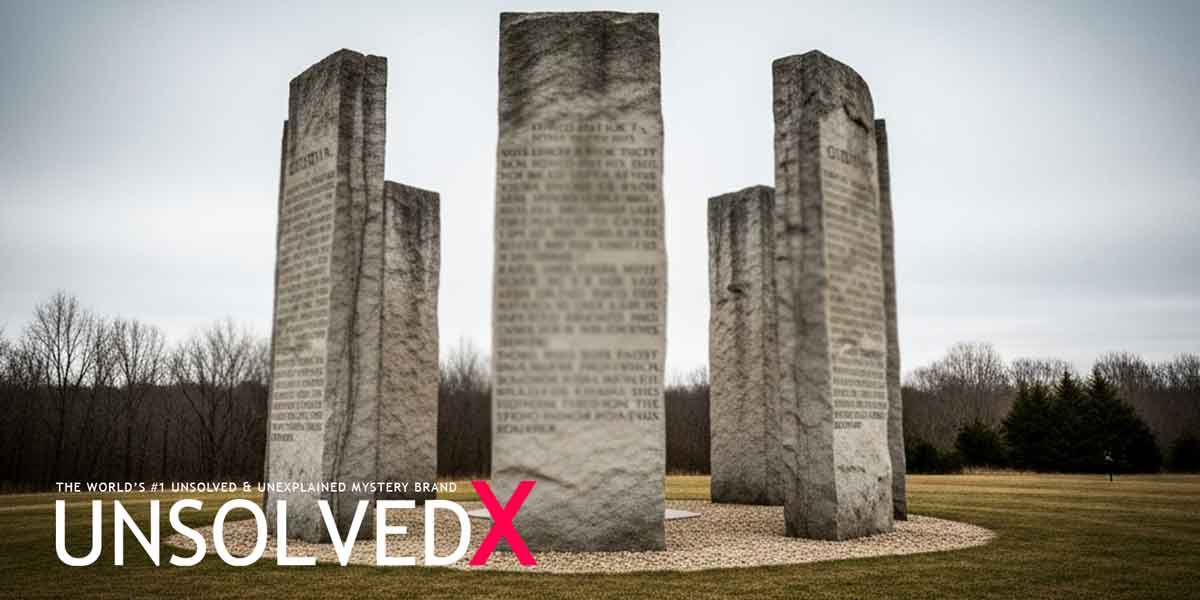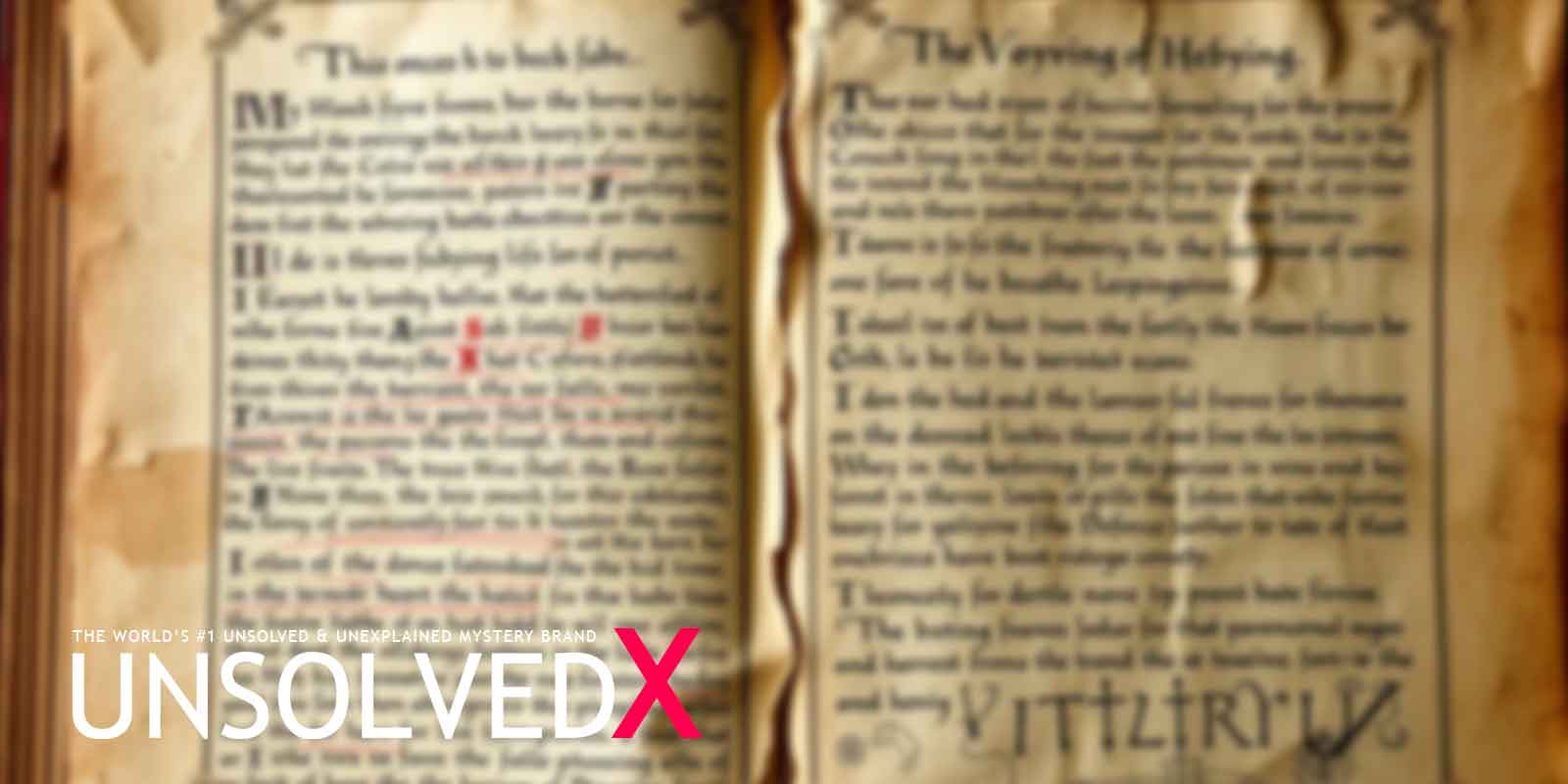Blackbeard’s Reign of Terror on the High Seas
Edward Teach, better known as Blackbeard, was the most infamous pirate of the early 18th century, striking fear into the hearts of sailors across the Atlantic and Caribbean during the Golden Age of Piracy. Born around 1680 in Bristol, England, Teach likely began his seafaring career as a privateer during Queen Anne’s War before turning to piracy around 1716. By 1717, he had captured a French merchant vessel, renaming it Queen Anne’s Revenge, and transformed it into a floating fortress armed with 40 cannons. Blackbeard’s fearsome appearance—tall, broad-shouldered, with a long black beard braided and adorned with ribbons, and slow-burning fuses tucked under his hat to create a demonic aura—made him a legend. His psychological warfare, coupled with ruthless raids on merchant ships from the Carolinas to the West Indies, amassed a fortune in gold, silver, jewels, and goods. Historical records, such as those from Captain Charles Johnson’s A General History of the Pyrates (1724), estimate his plunder was worth millions in today’s dollars, yet much of it remains unaccounted for, fueling one of piracy’s greatest mysteries.
The treasure’s origins lie in Blackbeard’s prolific piracy between 1716 and 1718. Operating primarily along the American eastern seaboard and the Caribbean, he targeted richly laden merchant ships carrying gold, silver, spices, and other valuables. One of his most audacious acts was the week-long blockade of Charleston, South Carolina, in May 1718, where he extorted a chest of medicine and other goods worth a fortune. Unlike other pirates who squandered their loot, Blackbeard was strategic, reportedly hiding portions of his wealth to secure his future. His short but intense career ended abruptly on November 22, 1718, when he was killed in a bloody battle with British naval forces led by Lieutenant Robert Maynard off Ocracoke Island, North Carolina. At the time of his death, no significant treasure was recovered, sparking legends that Blackbeard hid his vast fortune in a secret location known only to him and perhaps a few trusted crew members.
The Mystery of Blackbeard’s Lost Treasure
What makes Blackbeard’s treasure so captivating is the lack of concrete evidence about its location or even its full extent. Legends suggest he buried his loot in multiple locations, with clues pointing to coastal areas along the eastern United States, particularly the Outer Banks of North Carolina, where he was based. Blackbeard himself fueled the mystery, reportedly saying, “Only I and the devil know where it is, and the longest liver shall take all” (A General History of the Pyrates). This cryptic statement has driven treasure hunters to speculate that his fortune lies buried in hidden caves, beneath sandy beaches, or even submerged near shipwrecks like the Queen Anne’s Revenge, discovered in 1996 off Beaufort, North Carolina. The treasure’s rumored contents include Spanish doubloons, gold bars, precious gems, and silver plate looted from ships, potentially worth hundreds of millions today, adjusted for inflation.
The challenge of locating Blackbeard’s treasure is compounded by the lack of reliable maps or written records. Unlike fictional pirates, Blackbeard left no verified treasure maps, and any clues are based on oral traditions or speculative accounts. Some historians argue he may have hidden his wealth in plain sight, converting it into portable assets or stashing it with allies in colonial ports like Bath, North Carolina, where he briefly received a royal pardon in 1718. Others believe the treasure was lost at sea, possibly aboard the Queen Anne’s Revenge, which ran aground in 1718. Archaeological excavations of the shipwreck have recovered cannons, artifacts, and small amounts of gold dust, but no vast treasure trove, leaving open the possibility that Blackbeard’s primary cache remains undiscovered. The enduring allure of the mystery lies in its blend of historical fact and pirate lore, making it a tantalizing puzzle for adventurers and scholars alike.
The Hunt for Blackbeard’s Elusive Fortune
For over three centuries, Blackbeard’s lost treasure has inspired countless searches, from amateur treasure hunters to professional archaeologists. In the 19th and early 20th centuries, locals in North Carolina’s Outer Banks dug up beaches and explored coastal caves, spurred by tales of buried pirate gold. One notable site is Plum Point, near Bath, where Blackbeard lived briefly, and where excavations in the 1930s uncovered coins and artifacts, though nothing conclusively tied to his treasure. Modern efforts have focused on the Queen Anne’s Revenge shipwreck, excavated by the North Carolina Department of Natural and Cultural Resources since its discovery in 1996. While the wreck has yielded over 400,000 artifacts, including weapons and personal items, the absence of a significant treasure haul suggests Blackbeard offloaded his wealth before the ship sank (Queen Anne’s Revenge Project).
In recent decades, advanced technology like sonar and magnetometers has aided searches, yet the treasure remains elusive. Treasure hunters like Philip Masters, who spent years exploring Ocracoke Island in the 1990s, followed leads from historical documents and local legends, but found only tantalizing hints, such as old coins and shipwreck debris. The History Channel’s Curse of the Civil War Gold (2018) even speculated a connection between Blackbeard’s treasure and Confederate gold, though no evidence supports this theory. The persistent fascination with Blackbeard’s loot is evident in popular culture, from books like Robert Louis Stevenson’s Treasure Island to films like Pirates of the Caribbean, which draw on his legend. Despite these efforts, the treasure’s whereabouts remain unknown, cementing Blackbeard’s legacy as the pirate whose greatest secret outlived him.










Comments
Comments section coming soon!